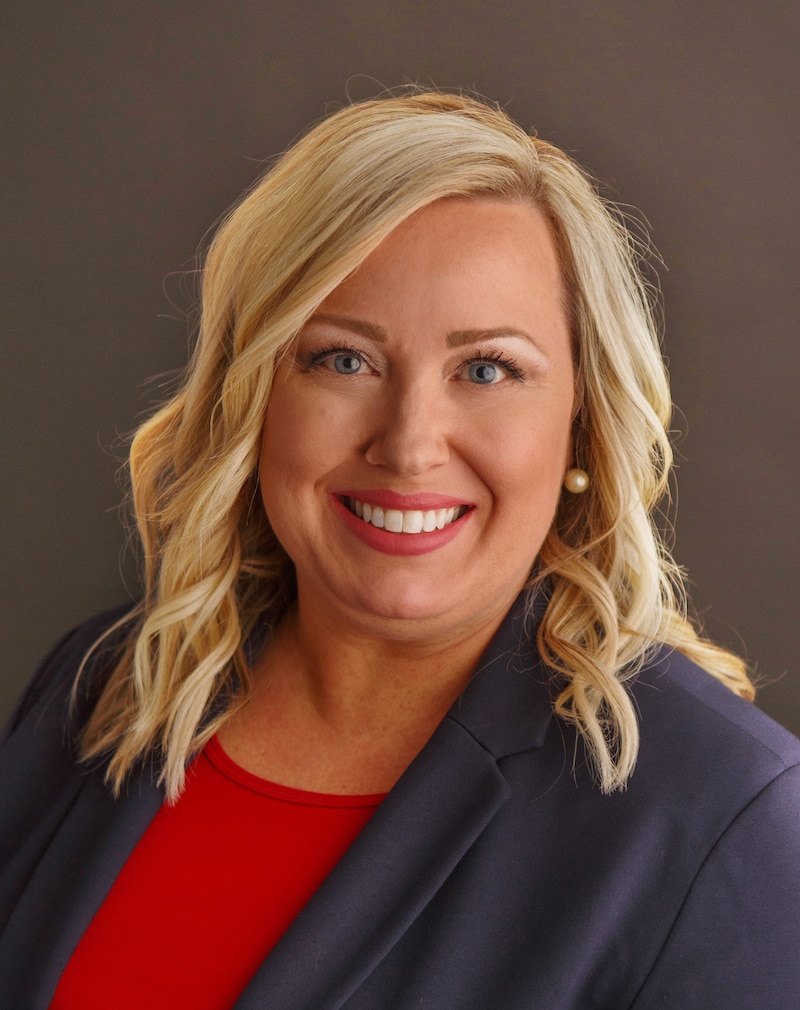Many Illinois school districts suspended standardized testing for much of the pandemic year. Carbondale Elementary School District 95, a 1,500-student district in southern Illinois, did not.
Janice Pavelonis, the assistant superintendent of curriculum and instruction at Carbondale, was among the district leaders who saw testing as essential — especially now. She was hired in 2018 to address student learning gaps and train teachers, and in July, she will become the district superintendent.
During the 2018-2019 school year, the district started to test students in reading and math three times a year and to create individualized learning plans between assessments. Before the pandemic hit, state test results showed gains in reading and math across the district, including among Black and Latino students.
“When we were told that all schools would be shut down, we were able to carry through some of those same core values and try our best to prevent any new gaps,” Pavelonis said.
Pavelonis spoke with Chalkbeat about how Carbondale is gauging students’ pandemic learning, the data it still needs, and the district’s ambitious summer plans.
This interview has been lightly edited for length and clarity.

What led you to a career in education?
I grew up in an extreme poverty situation. What I learned as I grew up is that students who may not look like everyone else or have everything that everyone else has need advocates who are teachers. People who are teaching need to fully understand their children. As I was deciding what I wanted to do with my life, I felt like I had a perspective that could be helpful for children who may not have their basic needs met.
How have reopening plans changed throughout this school year?
Early in the school year, our superintendent got a good pulse from our board and community on how everybody felt about going back to school. One thing that’s special about our city is that we are a university town. Southern Illinois University at Carbondale is here. At the beginning of the school year, in August, we knew students from all over the country and world would be in town. So we started remote.
In October, we went back into classrooms. We had some families who sent their kids back to school while others didn’t. We stayed in that format for a few weeks, until the number of COVID cases went up in our community again. Although we did not have any cases in our schools, the health department requested that we shut down our schools. We went back to a blended model in January and have stayed that way since.
What data have you gathered and what is it telling you?
We test our kids three times a year in reading and math in a normal year. We decided to keep doing that because it is a marker of where our students are. The state tests are an addition to that, but don’t help us in the moment to see where students are [and] to help them improve.
In the fall when we tested our students remotely, they hadn’t lost much progress in reading and math. For our winter and spring benchmark assessments — which took place in-person and remote — we saw that our kids are continually meeting the new benchmark in reading. They’re growing, not at a rapid pace, but neither are they digressing. In math, we’re noticing our students are starting to fall short.
What data do you need that you don’t have?
I wish I had data that was more qualitative in nature. We are tracking students who are present or not, but I want to know why they are not attending classes. I would love to be able to track the social-emotional status of our children. We know that learning is one thing, but they have to be in a place emotionally where they are ready to learn. We know that people have lost family members or parents have lost their jobs. Especially in our district, where we have a high percent of economically disadvantaged students, that can run really deep.
Your district has put together a comprehensive summer school plan. How different is it from what you’ve done before?
This is the first year that we’ll have a district-sponsored summer program. We will be offering in-person summer learning for students centered around reading and math, starting June 7. There will be two three-week sessions where we will identify skills that each student needs to work on based on what they scored on the benchmark assessment.
After a year of upheaval — and in some cases grief and trauma — there’s been a lot of talk about the importance of social-emotional learning. What is your school district going to do to help students as they adjust back to school?
Prior to the pandemic, we had been using a social-emotional curriculum. Throughout the pandemic, our classroom teachers have still been teaching those lessons to children. So when we think about moving forward, we are looking more at adding to what we already had in place. We also have a partnership with a community organization that provides us with social workers.
What gives you hope at this moment?
Over these last 14 months, definitely the hardest time of my entire career, the educators that I’m working with in Carbondale have created tools to help kids and their families. We know our kids and their families better now than we ever have before. I know that our people are here for our kids. They’re here for the right reasons. If we can get through this, we can get through whatever tomorrow is going to bring.






